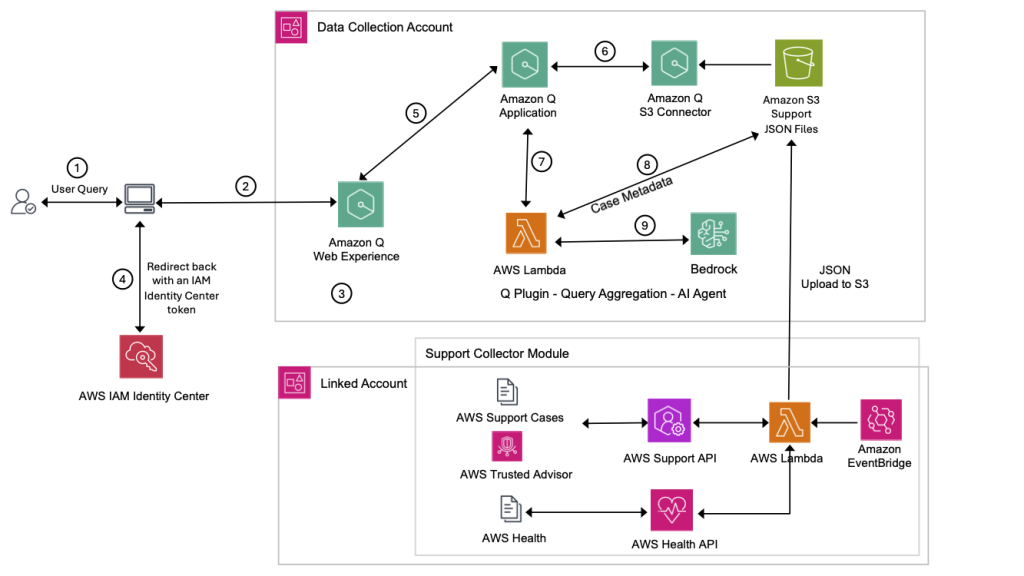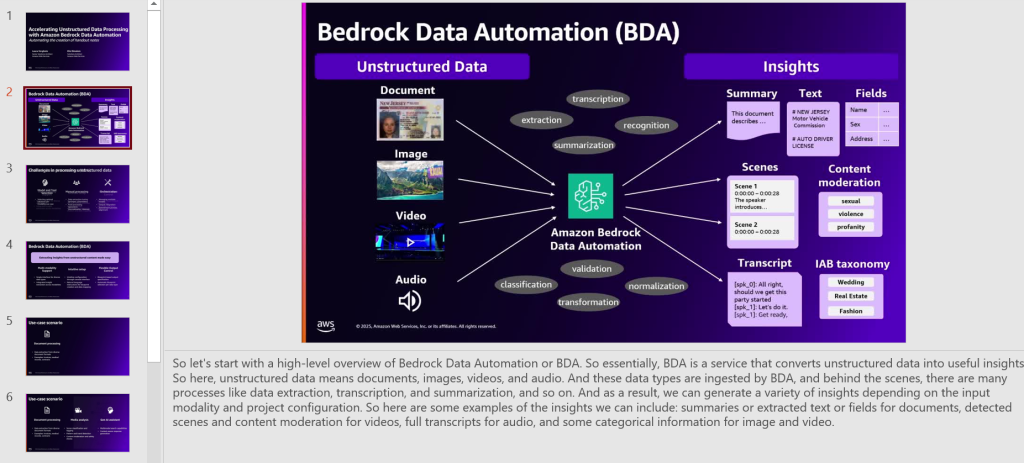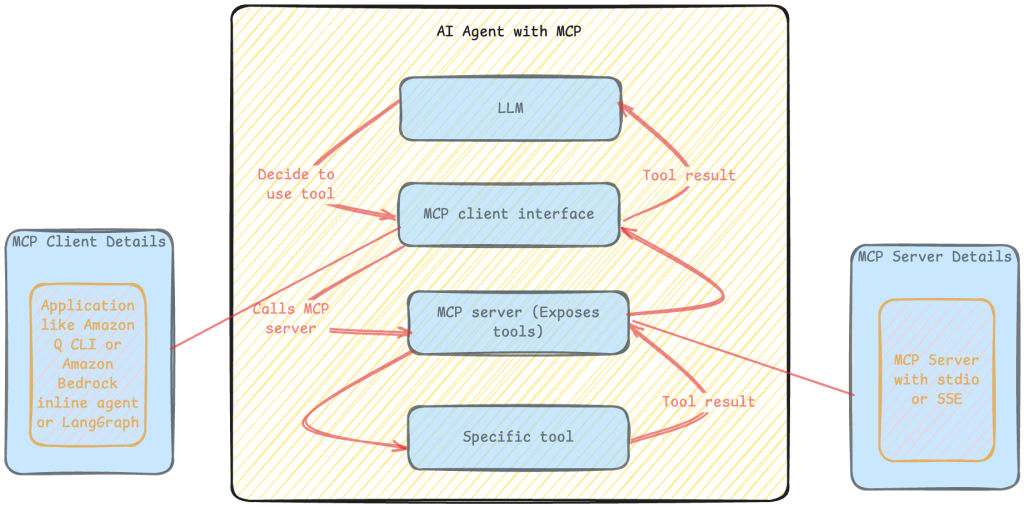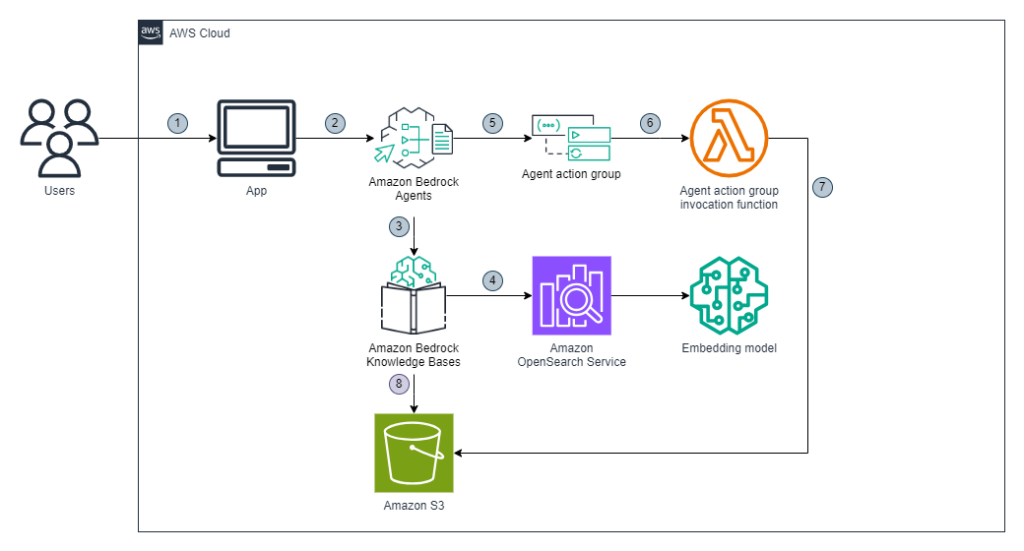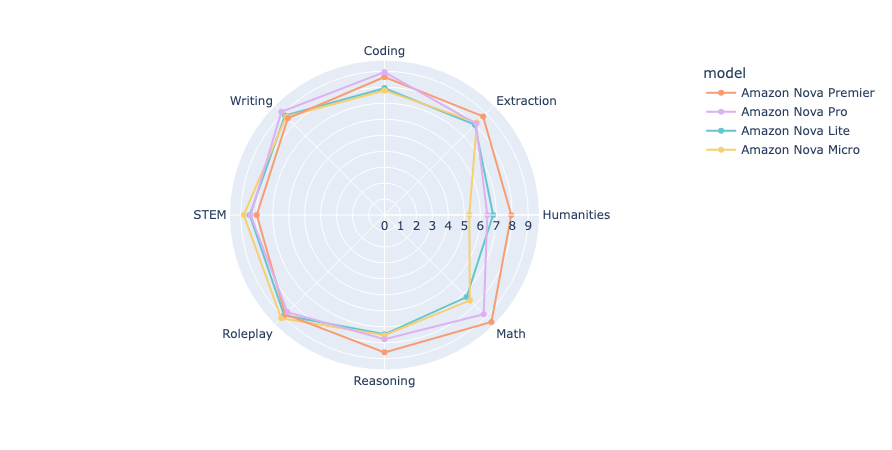Artificial Intelligence
Category: Learning Levels
Building an AI-driven course content generation system using Amazon Bedrock
In this post, we explore each component in detail, along with the technical implementation of the two core modules: course outline generation and course content generation.
Building AIOps with Amazon Q Developer CLI and MCP Server
In this post, we discuss how to implement a low-code no-code AIOps solution that helps organizations monitor, identify, and troubleshoot operational events while maintaining their security posture. We show how these technologies work together to automate repetitive tasks, streamline incident response, and enhance operational efficiency across your organization.
AI agents unifying structured and unstructured data: Transforming support analytics and beyond with Amazon Q Plugins
Learn how to enhance Amazon Q with custom plugins to combine semantic search capabilities with precise analytics for AWS Support data. This solution enables more accurate answers to analytical questions by integrating structured data querying with RAG architecture, allowing teams to transform raw support cases and health events into actionable insights. Discover how this enhanced architecture delivers exact numerical analysis while maintaining natural language interactions for improved operational decision-making.
Automate the creation of handout notes using Amazon Bedrock Data Automation
In this post, we show how you can build an automated, serverless solution to transform webinar recordings into comprehensive handouts using Amazon Bedrock Data Automation for video analysis. We walk you through the implementation of Amazon Bedrock Data Automation to transcribe and detect slide changes, as well as the use of Amazon Bedrock foundation models (FMs) for transcription refinement, combined with custom AWS Lambda functions orchestrated by AWS Step Functions.
Streamline GitHub workflows with generative AI using Amazon Bedrock and MCP
This blog post explores how to create powerful agentic applications using the Amazon Bedrock FMs, LangGraph, and the Model Context Protocol (MCP), with a practical scenario of handling a GitHub workflow of issue analysis, code fixes, and pull request generation.
Generate suspicious transaction report drafts for financial compliance using generative AI
A suspicious transaction report (STR) or suspicious activity report (SAR) is a type of report that a financial organization must submit to a financial regulator if they have reasonable grounds to suspect any financial transaction that has occurred or was attempted during their activities. In this post, we explore a solution that uses FMs available in Amazon Bedrock to create a draft STR.
Fine-tune and deploy Meta Llama 3.2 Vision for generative AI-powered web automation using AWS DLCs, Amazon EKS, and Amazon Bedrock
In this post, we present a complete solution for fine-tuning and deploying the Llama-3.2-11B-Vision-Instruct model for web automation tasks. We demonstrate how to build a secure, scalable, and efficient infrastructure using AWS Deep Learning Containers (DLCs) on Amazon Elastic Kubernetes Service (Amazon EKS).
Build a drug discovery research assistant using Strands Agents and Amazon Bedrock
In this post, we demonstrate how to create a powerful research assistant for drug discovery using Strands Agents and Amazon Bedrock. This AI assistant can search multiple scientific databases simultaneously using the Model Context Protocol (MCP), synthesize its findings, and generate comprehensive reports on drug targets, disease mechanisms, and therapeutic areas.
Benchmarking Amazon Nova: A comprehensive analysis through MT-Bench and Arena-Hard-Auto
The repositories for MT-Bench and Arena-Hard were originally developed using OpenAI’s GPT API, primarily employing GPT-4 as the judge. Our team has expanded its functionality by integrating it with the Amazon Bedrock API to enable using Anthropic’s Claude Sonnet on Amazon as judge. In this post, we use both MT-Bench and Arena-Hard to benchmark Amazon Nova models by comparing them to other leading LLMs available through Amazon Bedrock.
Customize Amazon Nova in Amazon SageMaker AI using Direct Preference Optimization
At the AWS Summit in New York City, we introduced a comprehensive suite of model customization capabilities for Amazon Nova foundation models. Available as ready-to-use recipes on Amazon SageMaker AI, you can use them to adapt Nova Micro, Nova Lite, and Nova Pro across the model training lifecycle, including pre-training, supervised fine-tuning, and alignment. In this post, we present a streamlined approach to customize Nova Micro in SageMaker training jobs.


